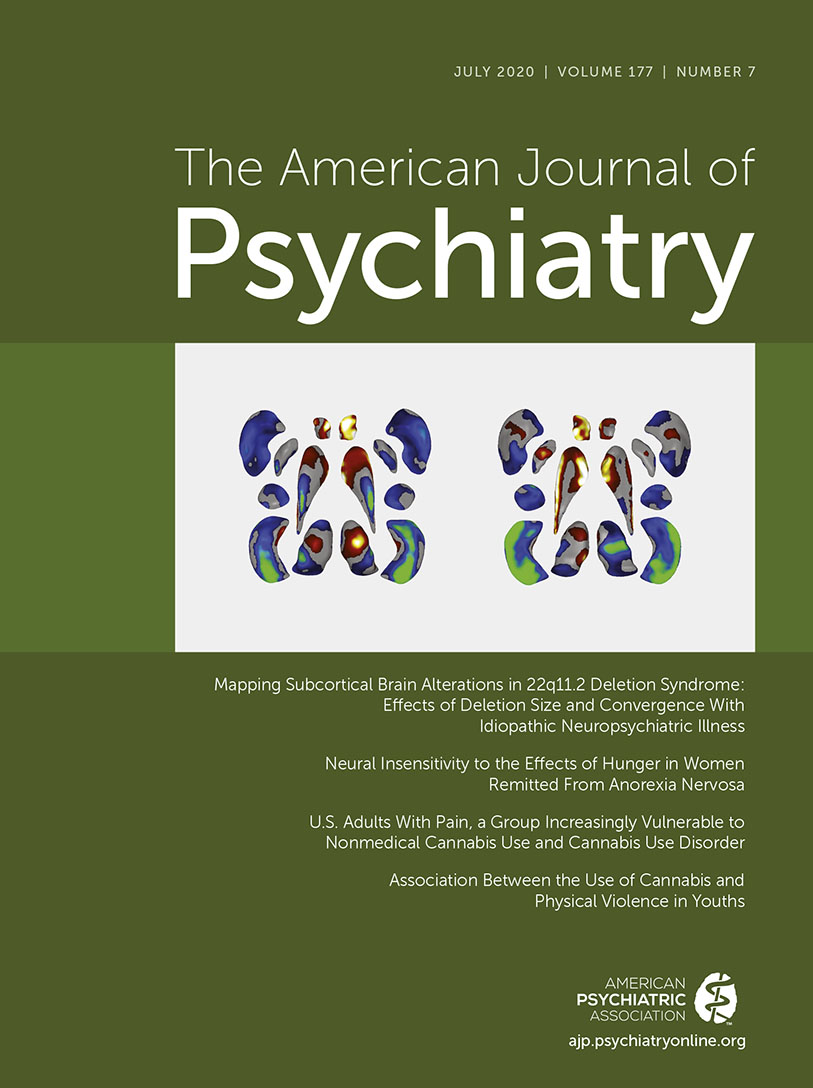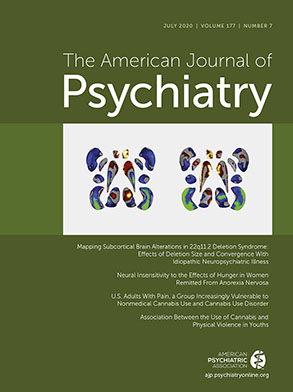Suicidal acts, both fatal and nonfatal, have increased in the United States over the past several years (
1–
5), as have heavy drinking and alcohol use disorders (
6–
8), especially among women (
7,
8), making the topic of the article by Edwards and colleagues in this issue (
9)—namely, the relationship of alcohol use disorder (AUD) with suicide—an especially timely one for American investigators and health care providers. Edwards et al. made use of Swedish national register data that include information on health care utilization, diagnoses, and various other outcomes, such as involvements with the legal system. Focusing on the cohort of Swedes born between 1950 to 1970, the authors sought to determine the relationship of AUD to the risk for suicide mortality through 2012. Using proportional hazards analysis, the study found an association between AUD and subsequent suicide. Strengths of the study include analysis of an entire population rather than a sample, ample statistical power, the ability to employ a longitudinal approach, and inclusion of a number of relevant covariates. The message that alcohol use disorder carries a risk for eventual suicide is not a new one, nor is the message that this risk is compounded by psychiatric comorbidity. However, the information is important to reiterate in a fresh look, and to convey to health care providers.
Some methodological aspects of the study do merit consideration. The main predictor of the study, AUD, is indicated by a “registration,” described only in supplementary materials. From a previous study referenced as providing more information about the methods and measures (
10), these included a variety of medical and psychiatric conditions in which alcohol involvement was suspected, as well as records of drunk driving or drunk operation of a maritime vessel, crime registers, and a Swedish suspicion register that includes data on individuals suspected of crime. These are all termed registrations for AUD, although these various conditions in different Swedish registries are highly heterogeneous. Further, despite the apparent inclusiveness of this definition, population rates based on the combination of these conditions are lower than those reported in survey-based studies, raising questions about which individuals were characterized by the different registrations as having AUD. While the authors posit that they may have captured the most severe AUD cases, they may actually have identified a group of individuals with multiple characteristics predisposing to violence (against oneself or others) that are associated with AUD, but are not necessarily specific to this condition.
The information about the dates of the registrations also merits consideration. These dates are important because they define the baseline for the period after which the number of years to suicide is measured. The dates may be important and meaningful if they represent AUD at its peak severity, or when it passed a threshold of clinical severity. However, they may also represent a somewhat arbitrary date when an aspect of the individual’s health or behavior came to the attention of legal or medical authorities. This could have relevance to interpretation of the fact that many of the suicides appear to occur so soon after the date of the registration, with considerable drop-off in frequency in subsequent years.
In addition, the analysis of relatives merits examination. The assumption for this analysis was that if familial factors confounded the association of AUD with suicide, the effect size of AUD would be expected to decrease among relatives of increasing genetic resemblance, and if the association was “causal,” the effect sizes would be similar in the unselected population and pairs of relatives of varying genetic relatedness. Results unadjusted for psychiatric comorbidity in the index respondent strongly favored confounding by familial factors as an explanation, and results adjusted for psychiatric comorbidity in the index respondent favored the causal interpretation—and neither set of findings was completely satisfactory, because findings among the half siblings were aberrant in both analyses. The authors speculated about possible environmental explanations of the half sibling results, but the complicated nature of the findings left questions about the contribution of this aspect of the study.
If one accepts the main results despite methodological concerns, the findings present an intriguing relationship that begs explanation. What is it about an AUD registration in Sweden that increases the risk for suicide? If the relationship is causal, what factors mediate the association? In a country with generous social and health care benefits, does downward socioeconomic status associated with AUD provide part of the explanation? If so, the relationship of AUD to suicide may be even stronger in countries with less generous social and health benefits, such as the United States. Could shame or feeling stigmatized by coming to the attention of medical or legal authorities for the behavior or medical condition that led to a registration contribute to the risk for suicide? This could be especially relevant in the year immediately following the date of the event that resulted in the registration, when the risk for suicide was greatest. Could loss of a cohesive and supportive social network as a result of unacceptable behaviors that occurred while drinking play a role in the suicide risk? The answers to all of these questions may provide information that could be helpful in designing prevention efforts and are therefore worthy of pursuit in future studies. Meanwhile, although national and worldwide attention is currently focused on the opioid crisis and the COVID-19 pandemic, rates of suicide are increasing, and greater public health attention to the problem of suicide is very much needed.

